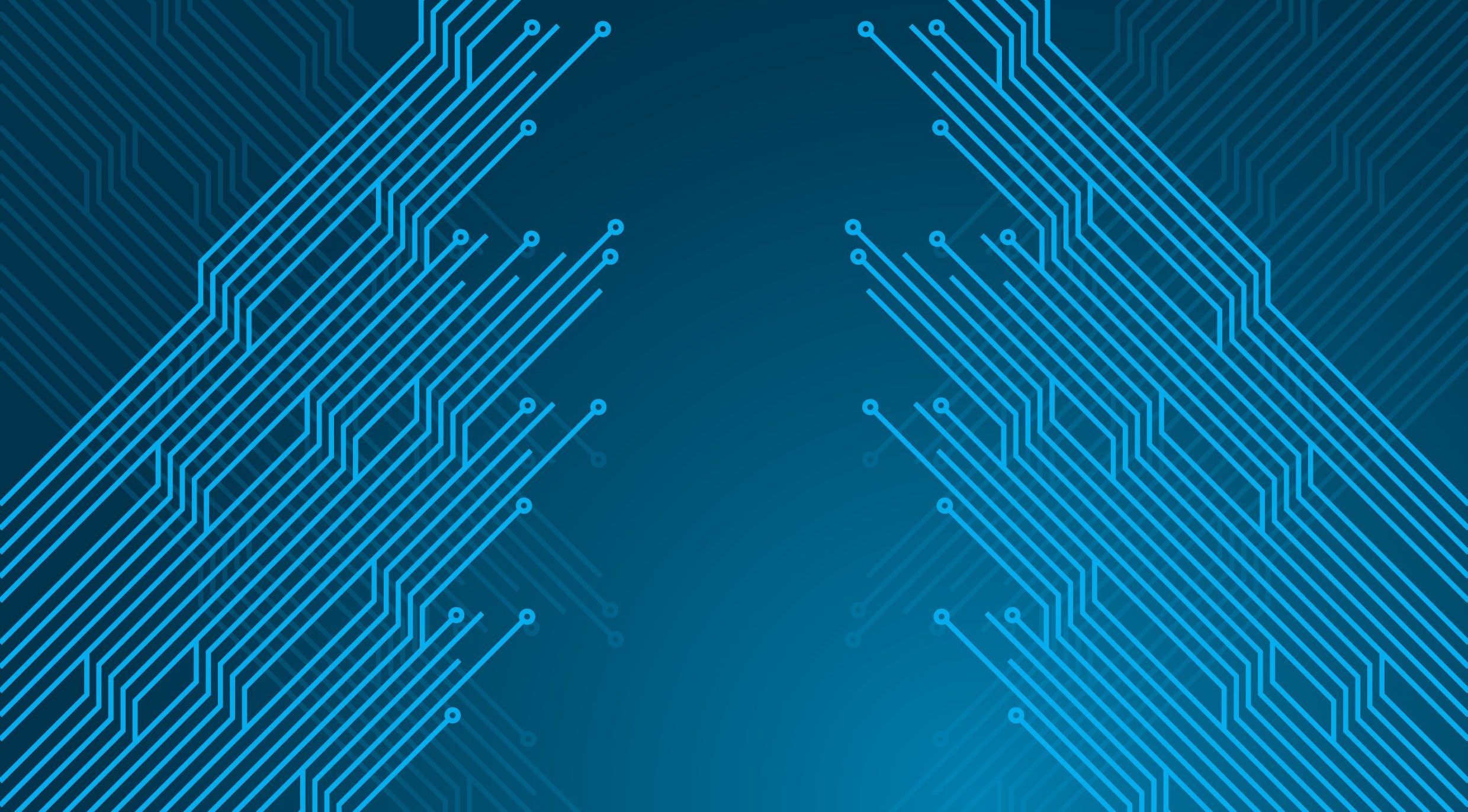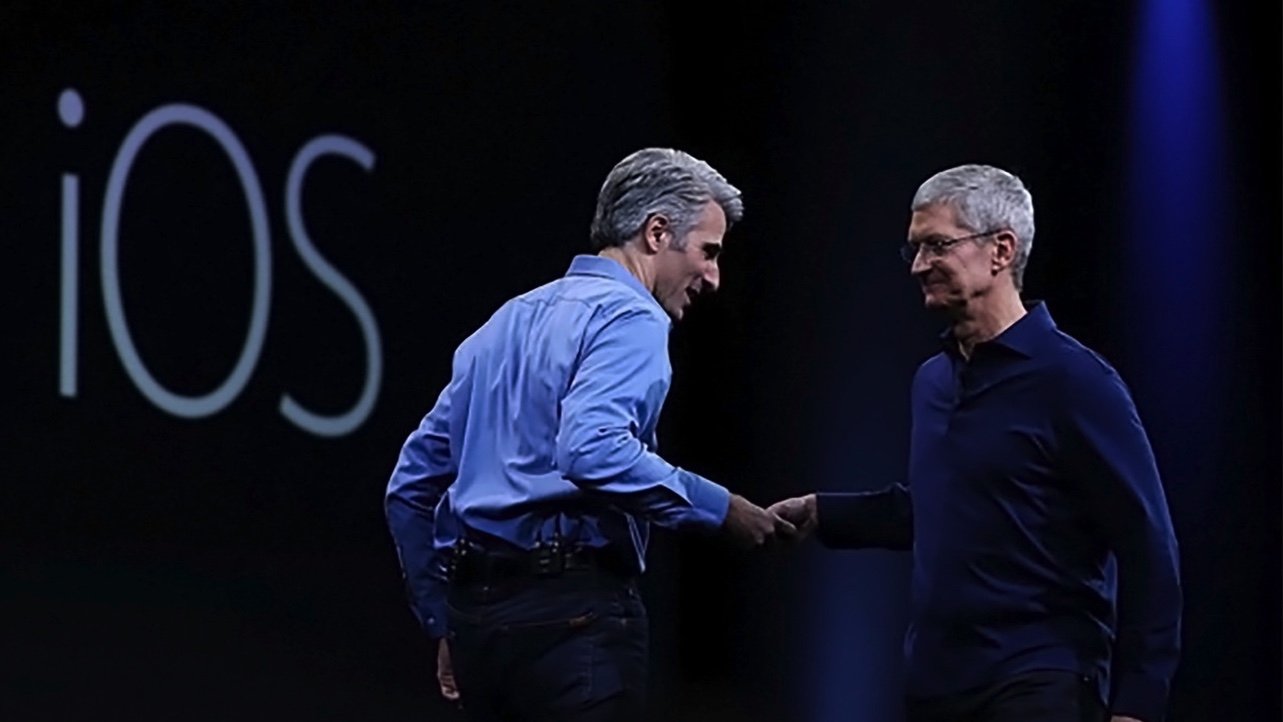SpaceX says a new Starlink upgrade can keep the satellite internet flowing — even if trees partially block your home’s view of the sky.
On Wednesday, the company touted its real-time “beam switching” system to maintain satellite internet connectivity even if a Starlink dish is partially obstructed, like tree cover overhead.
The system appears to work because SpaceX now has around 8,000 Starlink satellites in orbit, creating a dense network of radio links to beam the high-speed internet to dishes on the ground. The company previously told users it was developing a way to seamlessly hand off connections between satellites, helping the radio signal bypass obstacles.
“Obstructed user performance is a priority. We are continuing to launch more satellites, providing satellite options at better angles for Starlink to connect to,” the company wrote in a support page in 2023.
(Credit: Starlink.com)
In Wednesday’s post, SpaceX added that trees and buildings can temporarily block a satellite internet connection. But now, each Starlink dish in the US can access “10s of satellites in view, providing diversity to route traffic via satellite with a stable and unobstructed connection.”
The beam-switching tech will make a Starlink dish “automatically switch between satellites in real time to address any degradation in the link.” In addition, the system works for Starlink dishes installed at homes and those in motion, like on an RV or a boat.
“As a Starlink terminal communicates with satellites overhead, it continuously builds a real-time obstruction map, allowing Starlink to dynamically understand its environment,” SpaceX says. “With this information, it can proactively select the best and most stable connection. These proactive satellite switches are imperceptible to the user and occur many times per minute – with Starlink’s low-Earth-orbiting satellites rapidly transiting the sky, it’s a natural part of the system.”

Get Our Best Stories!
Your Daily Dose of Our Top Tech News

By clicking Sign Me Up, you confirm you are 16+ and agree to our Terms of Use and Privacy Policy.
Thanks for signing up!
Your subscription has been confirmed. Keep an eye on your inbox!
For Starlink dishes in motion, the beam switching can also occur “in less than 1/10th of a second,” the company added. SpaceX is going as far as to claim the uptime for even a partially obstructed Starlink dish “is typically at the 99.9% level” thanks to the beam-switching tech.
“With a denser satellite network and increasingly advanced algorithms, our system has more paths to route around obstacles, making service more resilient, even in challenging environments,” the post says.
Recommended by Our Editors

(Credit: Yongming Gao via Getty Images)
It’s unclear if the beam switching was rolled out on a specific date or if it’s been present for some time, as evidenced by the existing “obstruction mapping” in the Starlink app. Still, the enhancement could make Starlink more appealing, especially for consumers who’ve been concerned about tree cover disrupting access to the satellite internet system. For years, some customers have resorted to cutting the trees around their homes, or even installing a dish on top of a tall tree, to prevent their Starlink service from facing interruptions, such as latency spikes.
That said, SpaceX’s post might stir up some debate about whether the beam-switching tech is making a difference for actual consumers. In the past, some users have said obstructions disrupted their online gaming and video call sessions. But more recent posts indicate other Starlink customers have been receiving a strong connection, even though trees are partially blocking their dish’s view. To help users install the Starlink hardware, SpaceX’s app will also point out the potential obstructions and their potential impact.

(Credit: Brian Westover/Starlink)
“After setup, the Starlink app provides a live obstruction map that shows exactly where signal blockages are occurring and how they may affect your experience, so that users can make informed decisions about optimizing their installation,” the company’s post on Wednesday noted.
SpaceX published the post two weeks after it revealed that Starlink is currently serving over 2 million customers in the US. To attract more users, SpaceX has been offering various discounts. The company could also secure federal funding through the US’s BEAD program, which has been revamped to potentially allocate subsidies to satellite internet systems over fiber internet installations, sparking controversy.


5 Things to Know About Starlink Satellite Internet
About Michael Kan
Senior Reporter











